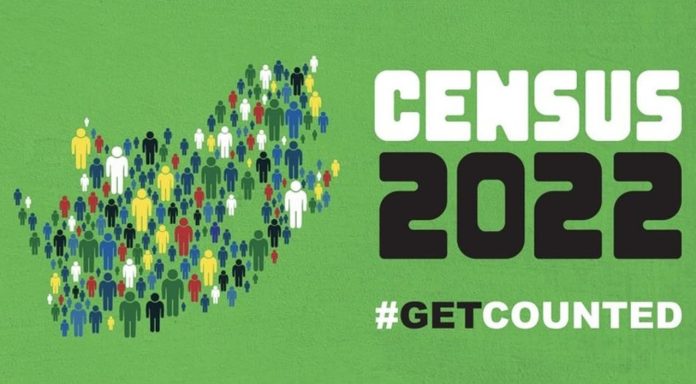
This is the Current Status – SAPeople: The latest census is expected to be published before October, according to Census Project Director Calvin Molongoana. The last one, the 2011 census, was released more than a decade ago in 2012.
- The latest census is expected to be released between July and 30 September 2023.
- The census was last conducted more than a decade ago, in 2011.
- Experts say the delay means municipalities and government have to rely on outdated data.
Molongoana told GroundUp that the country was initially scheduled to be counted in October 2021 but the Covid pandemic “significantly compromised preparations”.
Then in December 2021, Mondli Gungubele, a former minister in the Presidency for Planning, Monitoring and Evaluation, gazetted the census date for 2 February 2022. It’s still not out 18 months. #This is the Current Status – SAPeople
“The scale and complexity of the census is incomparable to any other project in the country and consequently, detailed and accurate planning and testing is essential to effective execution,” Molongoana said.
He said that since counting the country has concluded, his team has mainly been working on the Post Enumeration Survey. This “is used to measure the accuracy of the census by independently surveying a sample of the population”, he explained. It is scheduled to be finished soon. Then the analysis and report-writing will take place and the results will be “released in the second quarter of the current financial year”.
He said the actual date of the report’s release will only be affirmed once the Statistics Council (the oversight body of Statistics South Africa) completes their evaluation and “the President’s diary has been secured”.
The findings will be released in phases, Molongoana said. Basic results will be made available on the day the census launches, as well as data on education, fertility and mortality. “The remaining results will be gradually released over the coming months,” said Molongoana.
Due to the Covid pandemic, the latest census was conducted differently to previous ones. Molongoana said this was also the first digital census done in the country and people were given options on how they wished to participate.
“Normally people are sceptical of census staff coming into their houses for security reasons … Covid has become an additional reason for the scepticism.” So households could respond either via a web interview, a telephone interview or the traditional personal interview by census staff. The last of these was the most popular method, according to Molongoana.
Nearly 100,000 fieldworkers were employed to assist in counting the country, he said.
Impact of delay | This is the Current Status – SAPeople
Querida Saal, a researcher at the Development Action Group said that current planning and budgeting is based on statistics that are a decade old “which for the most part are wholly outdated and inapplicable at this stage”.
She said although StatsSA conducts a smaller survey annually, this is only based on a sample of the population and insufficient for long-term planning.
Saal said that the Covid pandemic led to a surge in informal settlements, highlighting the need for “sustainable, strategic long-term planning” and budgeting for the housing sector.
With plans, policies, programmes and budgets by both government and business currently based on statistics from a decade ago, we run the risk of completely misaligning expectations, Saal said.
Professor Tom Moultrie, director of the University of Cape Town’s Centre for Actuarial Research, referred to the mid-year population estimates (MYPE) which provides a snapshot of the population as at 30 June each year.
“Delays in releasing the census results mean that the current MYPE are still largely determined by the results of the 2011 census. The results of a more recent census allow those projections to be recalibrated,” he explained.
Moultrie also acknowledged that the census logistics were affected by the pandemic — making the preparation for the census as well as the collection of data much more difficult. He said uncertainty about the impact Covid had on the census “is a matter of great concern to demographers”.
The pandemic caused about 300,000 excess deaths in the country since 2020, impacting the population profile, Moultrie said. The pandemic might also affect fertility rates and international migration patterns. These factors disrupt historical trends making it difficult to prepare population projections for census assessments or mid-year estimates, said Moultrie.
“The analysis of the most recent census data will also be made more complex by the fact that this census was conducted approximately ten and a half years after the previous census, rather than exactly ten years after the 2011 census as had been intended,” said Moultrie.
While no census is entirely accurate, the post-enumeration survey, being quite small, may not give a completely accurate estimate of the population in small areas, such as suburbs or small towns, said Moultrie.
But he said data that relied on proportions, such as the proportion of households with running water on site, or the proportion of people married, will “tend to be robust”. #This is the Current Status – SAPeople
Published originally on Groundup | By Marecia Damons

